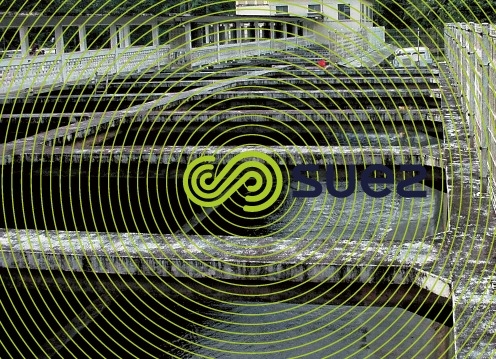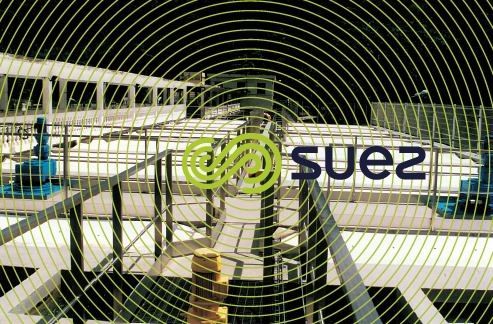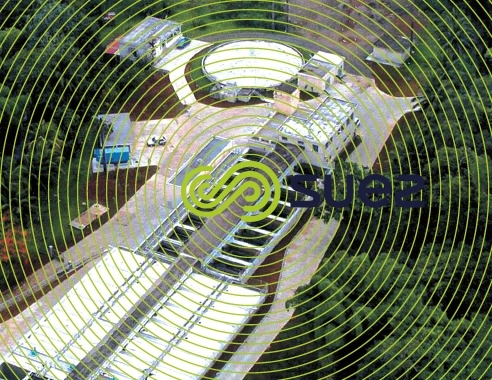conclusion
Reading time:There are a great many other reasons for refurbishment such as: automation and supervision; protection of the environment; reducing operating costs, etc.
As a rule, these are exceedingly complicated operations, aimed at improving output, quality, operational security, etc. and they presuppose an excellent knowledge of:
- the site;
- the condition of infrastructure and equipment;
- incoming water quality.
This requires a veritable audit of the plant together with, if necessary, treatability trials, or even pilot trials used to check the impact made on the downstream system by the incorporation of new equipment/processes, etc. Additionally, the water supply cannot be interrupted. Construction then has to be scheduled to allow for this limitation (no production shutdown that lasts longer than the storage capacity of the water towers on the mains network); therefore, those in charge can give full rein to their creativity and expertise when selecting new equipment and designing works.
Of the many case studies available, the example presented below is provided by the Rivière Blanche plant in Martinique that underwent a complete refurbishment:
- capacity increased from 1,200 to 1,500 m3·h–1 without building any new structures;
- modernised bar-screening (Johnson screens);
- rectangular, flat-bottomed settling tanks converted into lamellar settling tanks with their surfaces protected by removable covers and the inclusion of automated sludge extraction robots;
- filtration modernisation (Azurfloor nozzle floors; replacement of sand, air + water backwash systems, controls, etc.); significant velocity increase afforded by these works released the area occupied by some of the old filters for other uses;
- remineralisation using CO2 and lime water (produced by a saturator);
- complete automation (reagent preparation and feed), plant operation supervised by a computer;
- electrical power system backed up by a generator;
- water distribution was maintained at all times during the construction.
The following illustrates:
- the state of the static settling tanks before (photo 32) and after (photo 33) they were refurbished;
- the entire plant after refurbishment (photo 34).









Bookmark tool
Click on the bookmark tool, highlight the last read paragraph to continue your reading later












